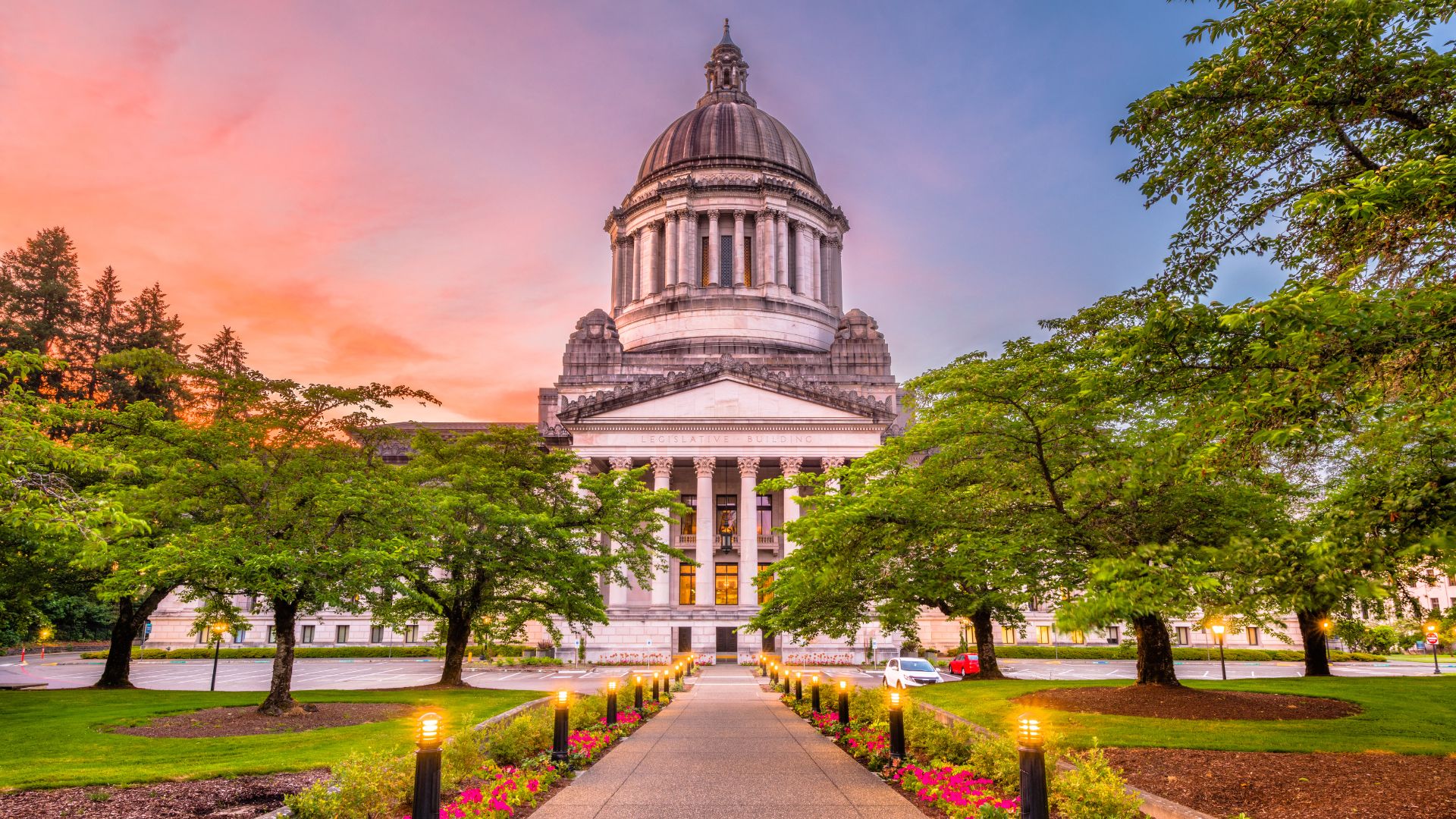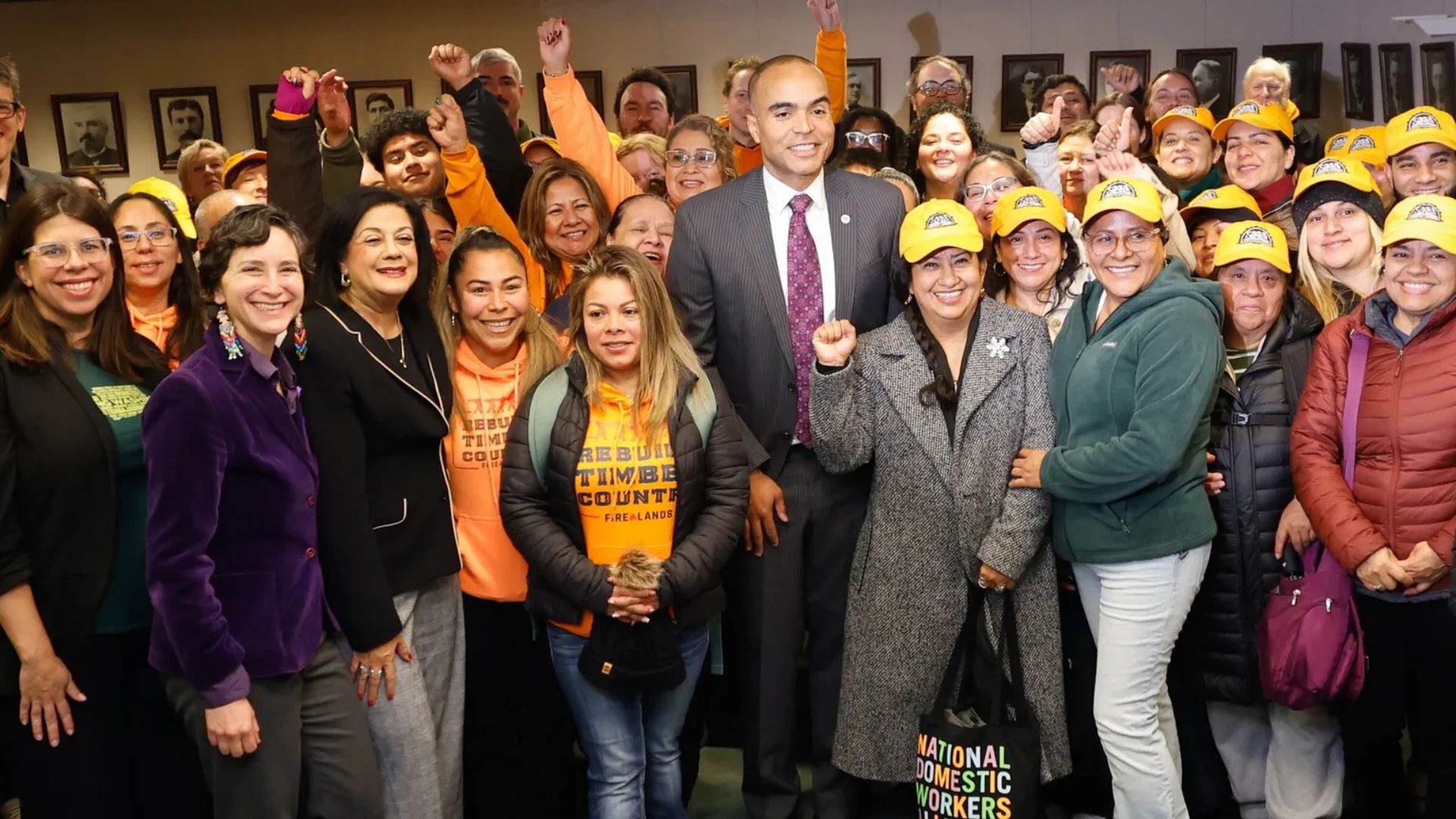
Every retail holiday season since the pandemic has been unique for consumers and retailers, which will likely be the case again this year.
In 2020, sales surged 9.1% year over year despite the challenges of COVID-19, and there was a significant move to shopping online as Americans stayed home. Sharply rising demand overcame supply chain bottlenecks for a record growth rate of 12.7% in 2021. Holiday sales in 2022 increased 5.4% as savings built up during the pandemic, provided a buffer against rising inflation, and online shopping continued, but more consumers returned to stores.
This year, there is a new set of dynamics in place. The average household remains on relatively solid financial footing despite pressures from still-high inflation, stringent credit conditions, and elevated interest rates. Recent revisions to government data indicate that consumers haven’t drawn down as much of their pandemic savings as some believed, and savings are still providing a buffer to support spending.
The holiday shopping season—November 1 through December 31—is expected to see retail sales increase between 3% and 4% over 2022 to between $957.3 billion and $966.6 billion. The growth rate is consistent with the average annual increase of 3.6% from 2010 to 2019. The projected total sales, excluding automobile dealers and gasoline stations, would top the $929.5 billion record set last year.
While there is uncertainty surrounding the measurement of how well the economy is performing, it continues to move forward, defying recession predictions and proving to be more resilient than many anticipated. It is expected that shoppers this season will continue to spend on a range of items and experiences but at a slower pace.

